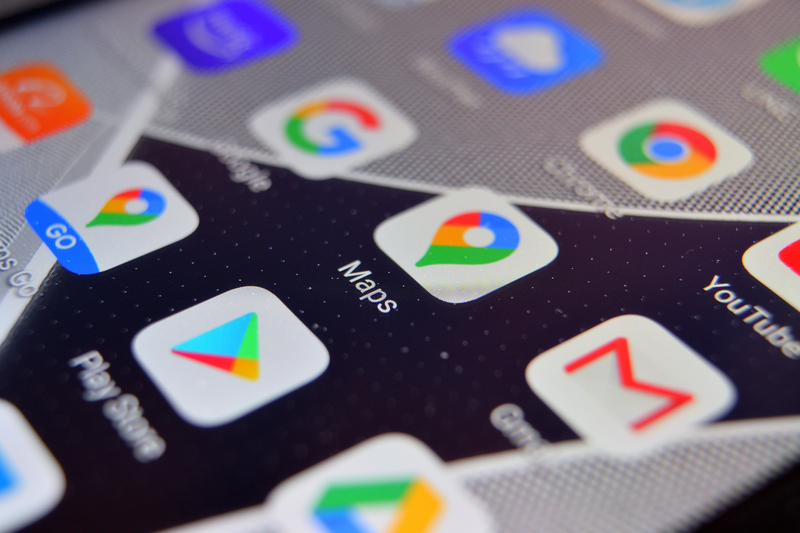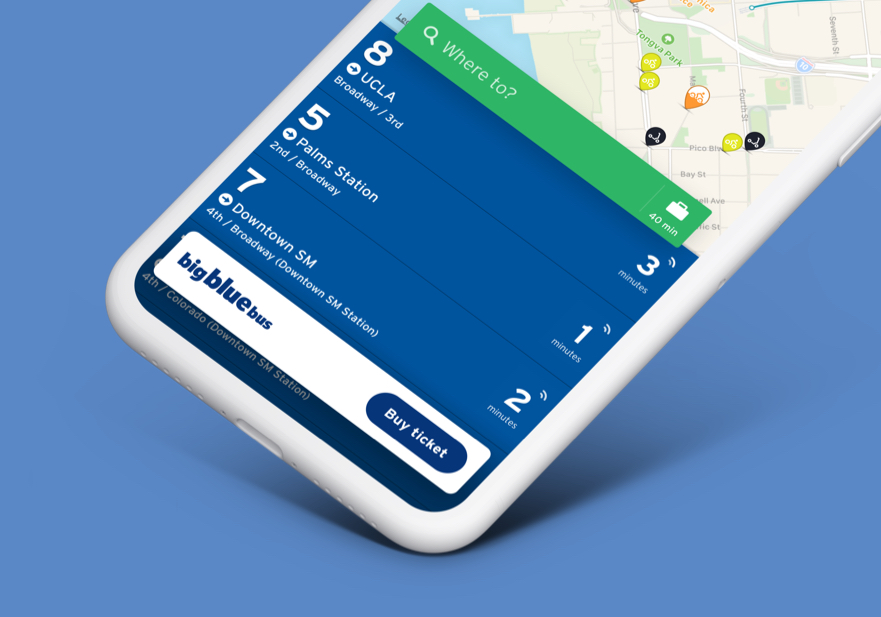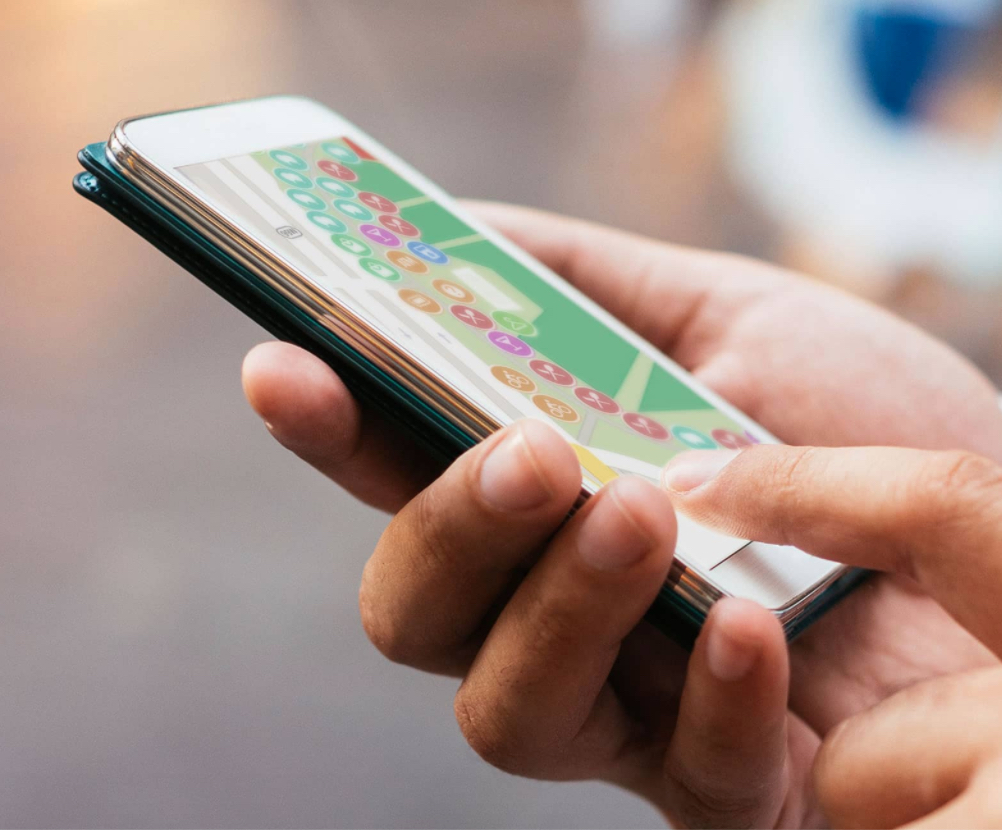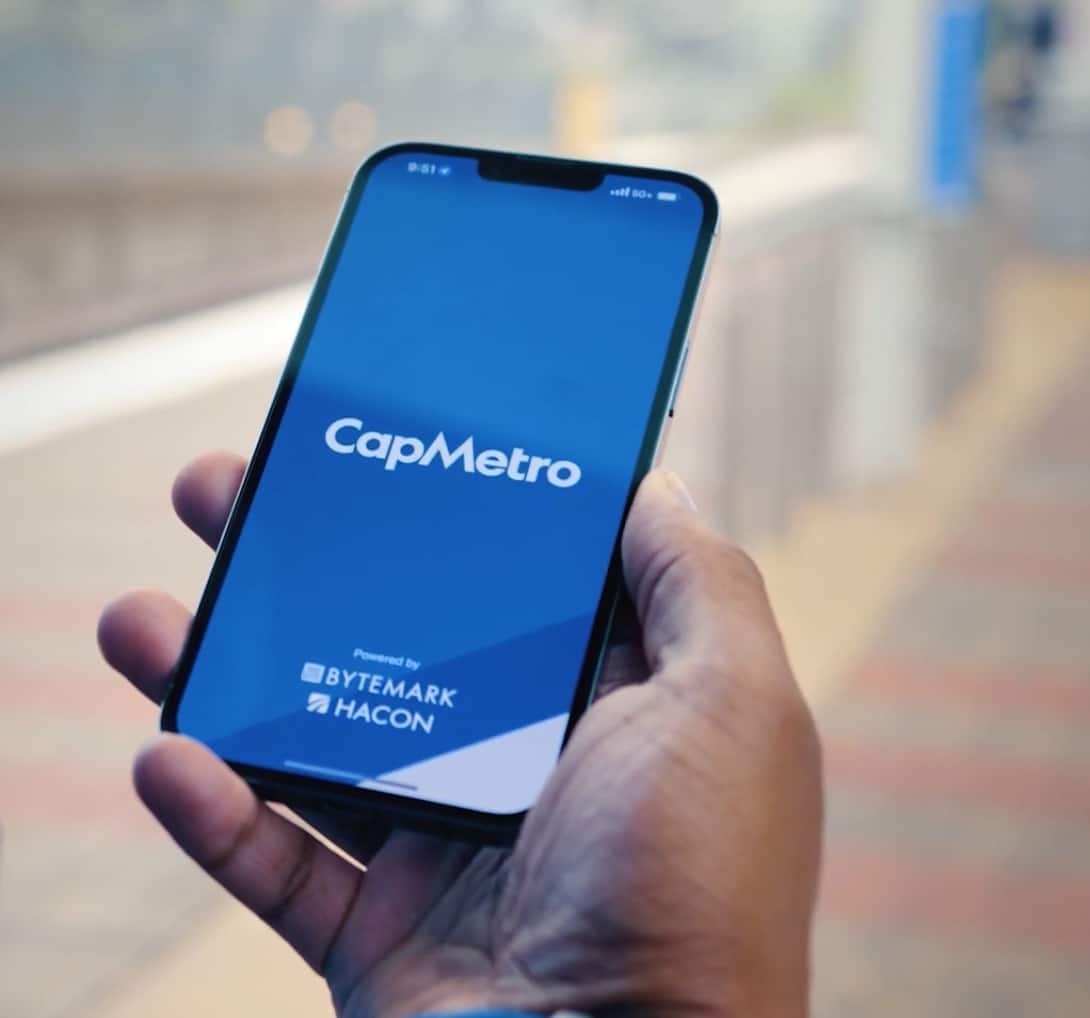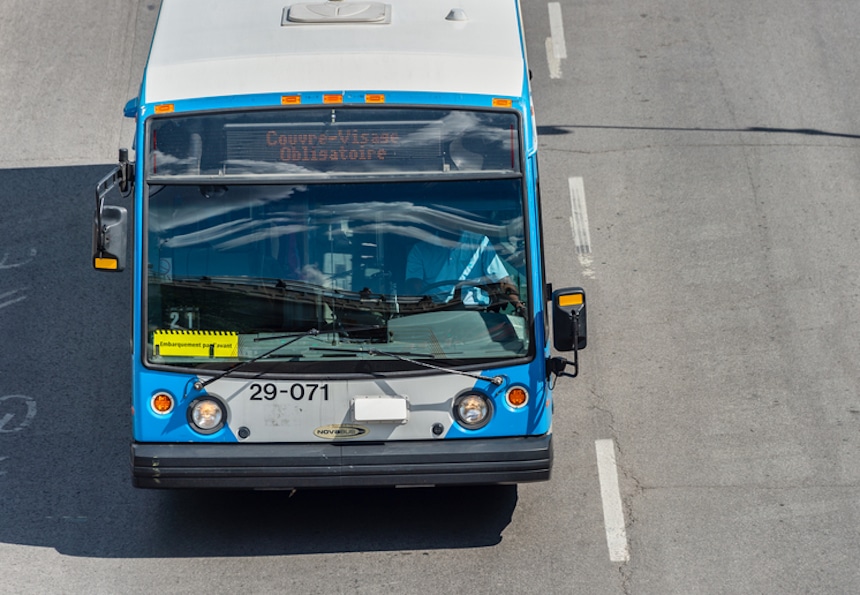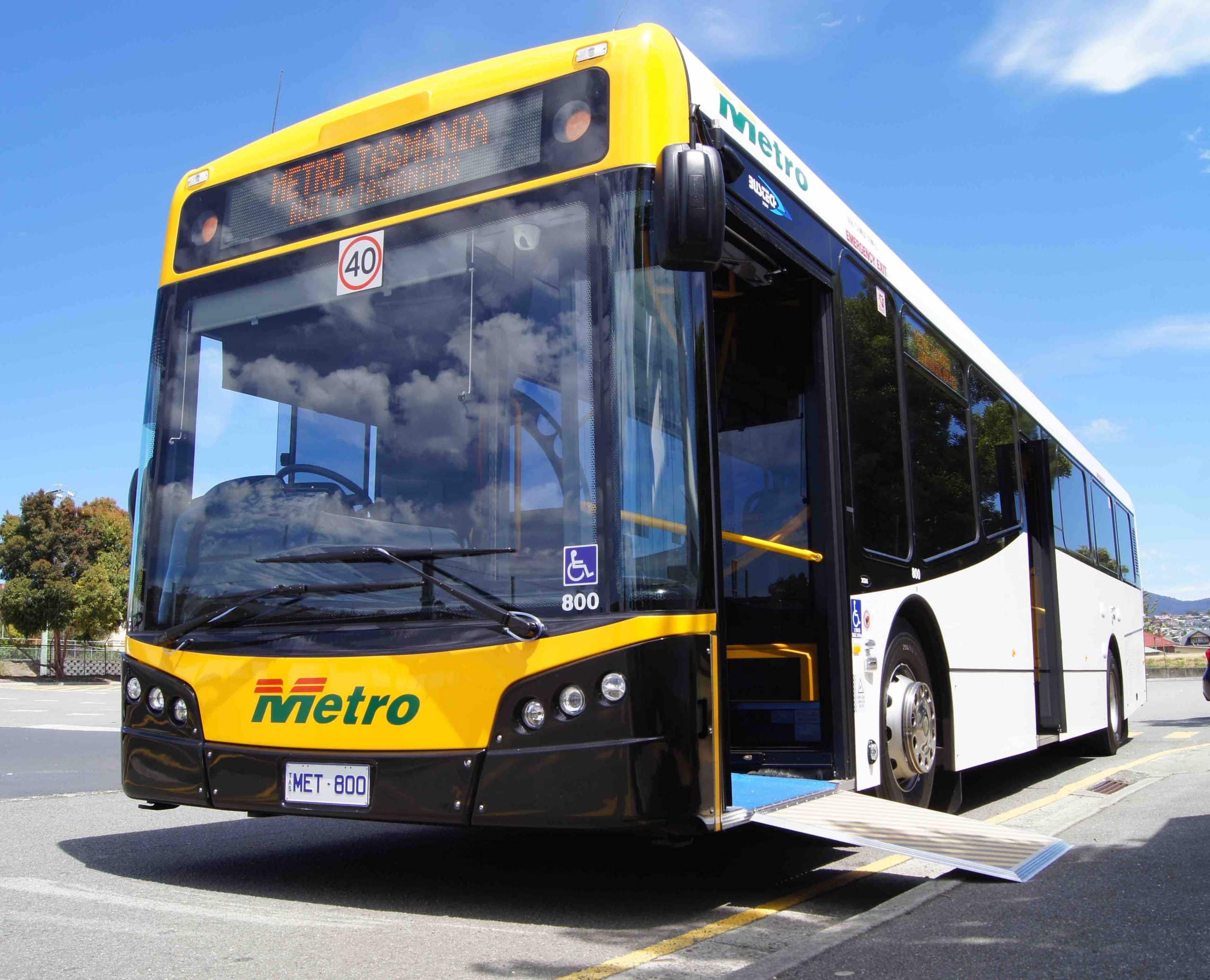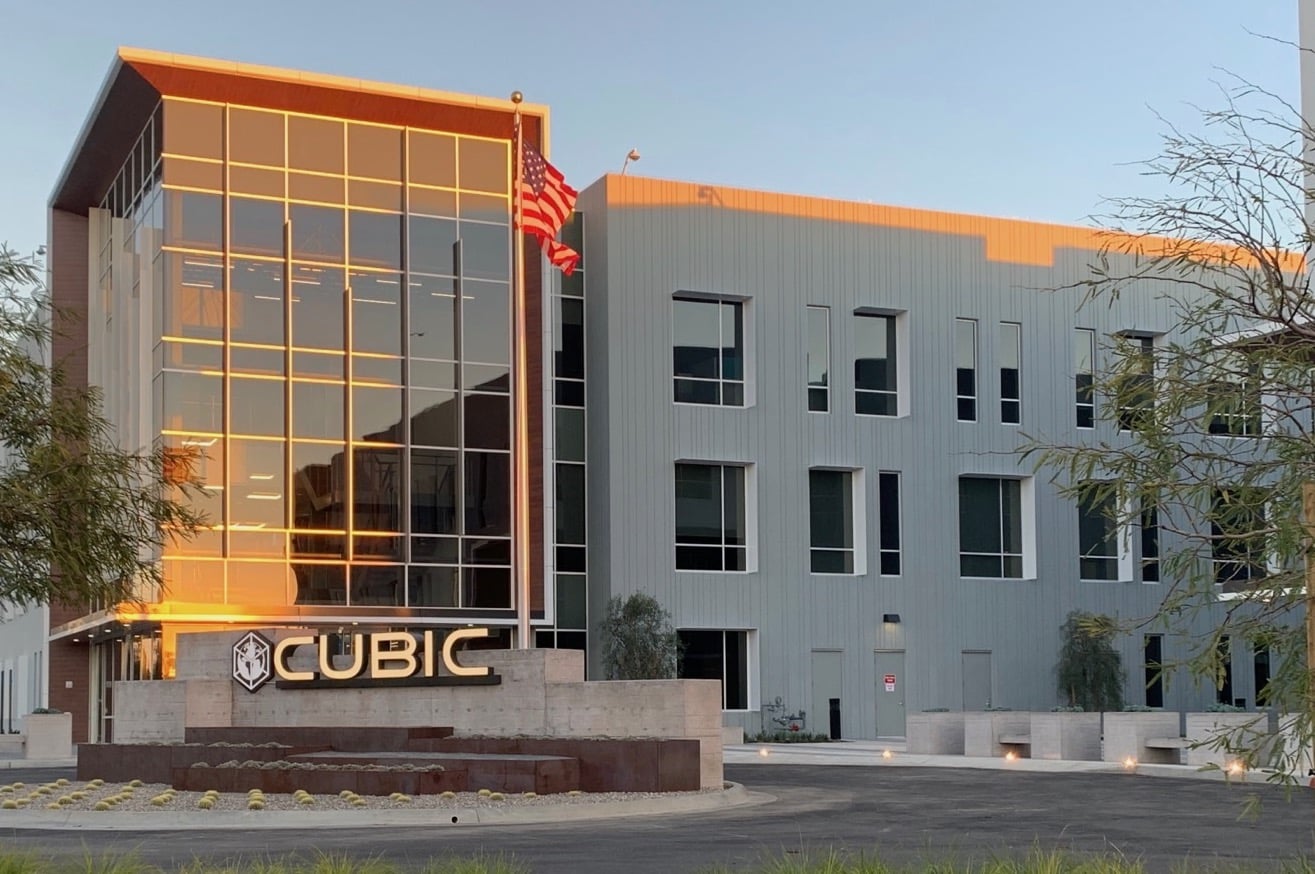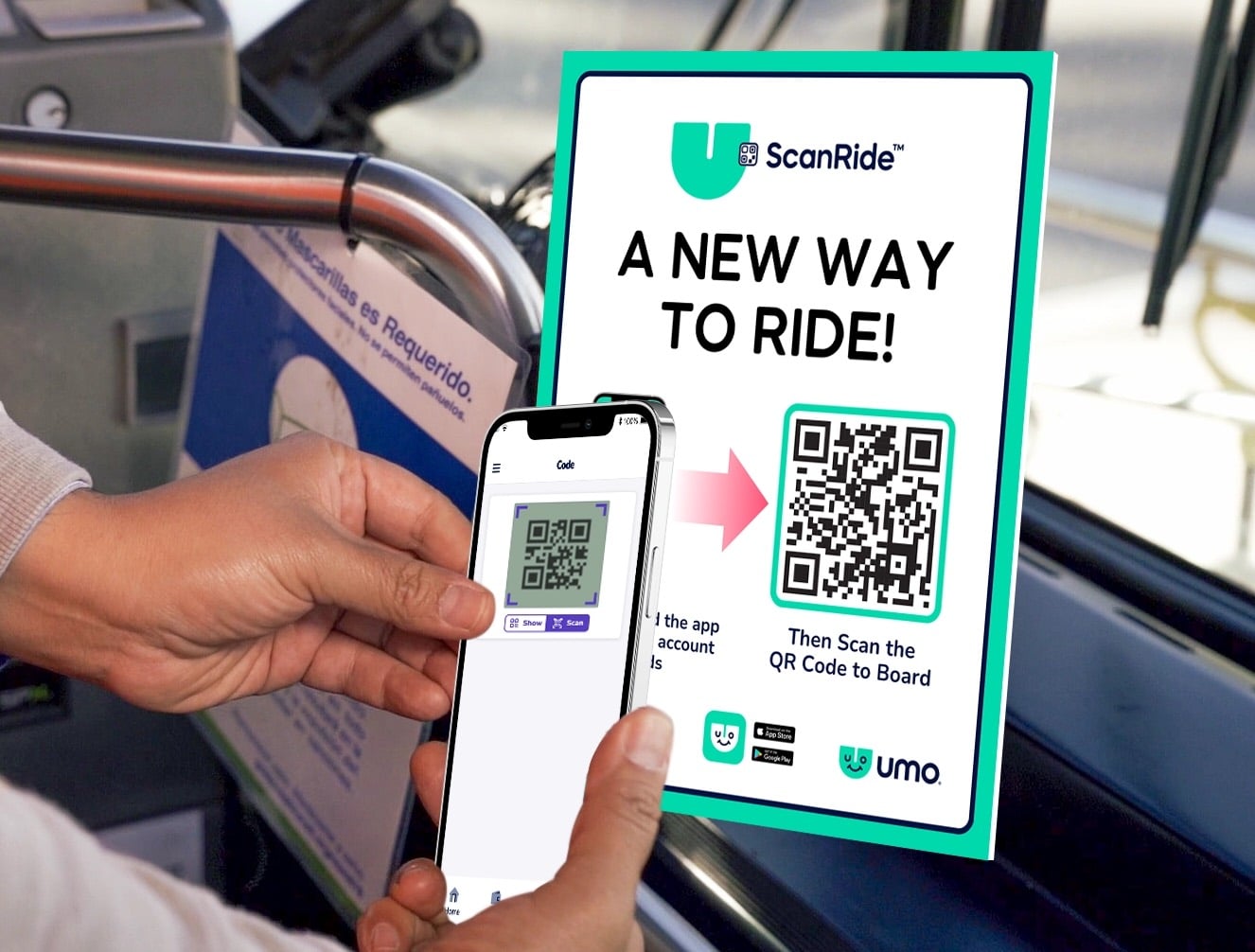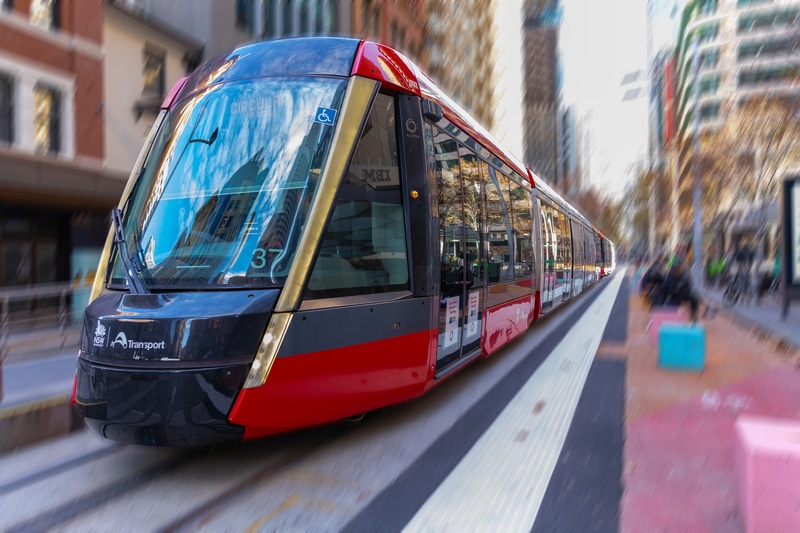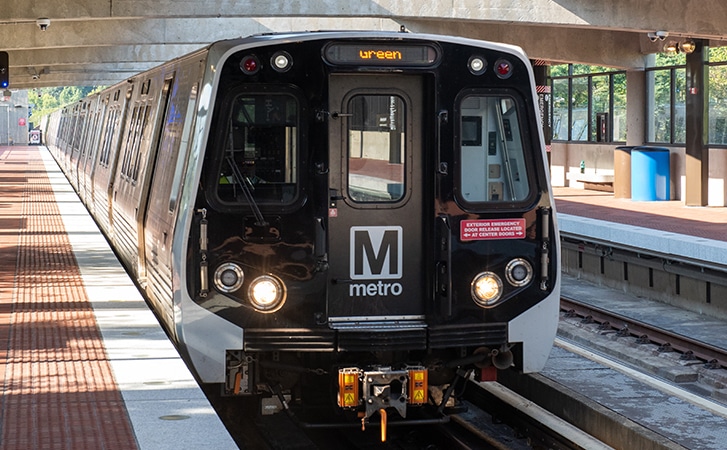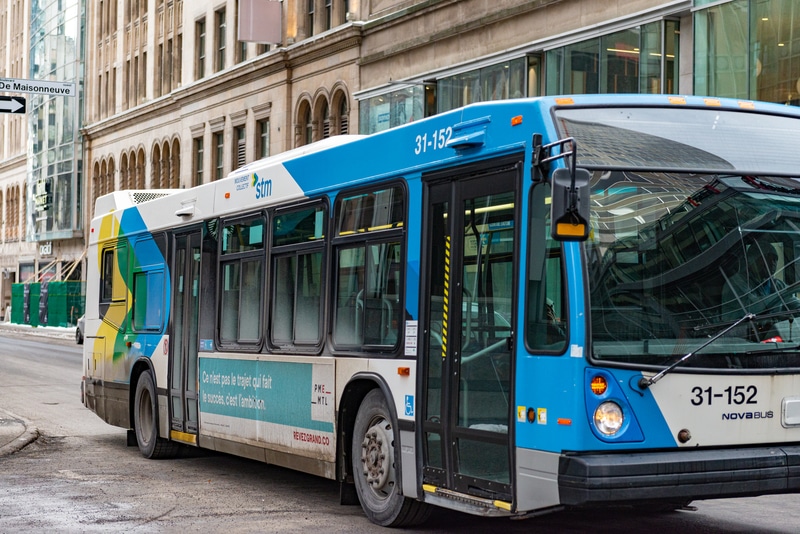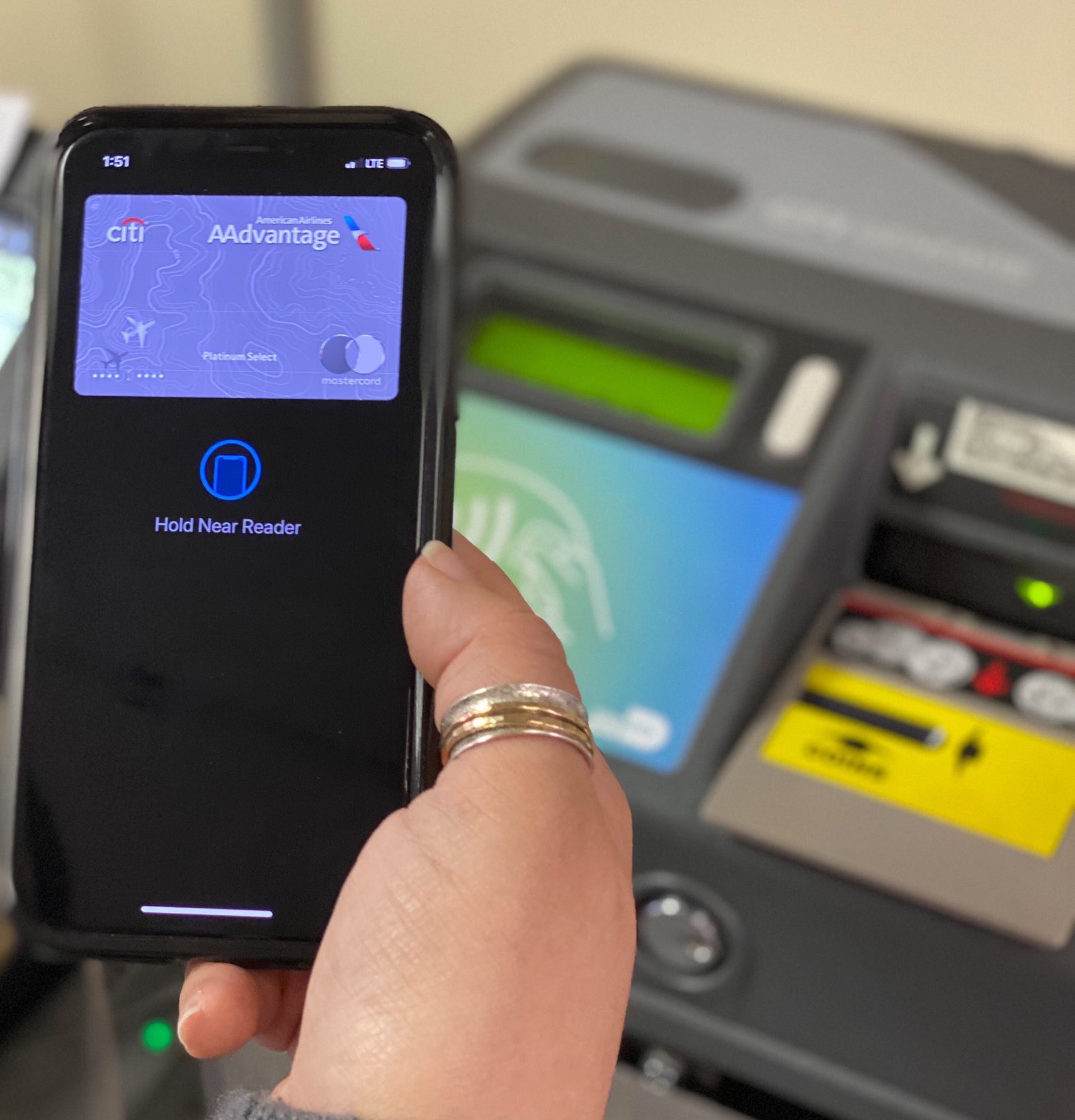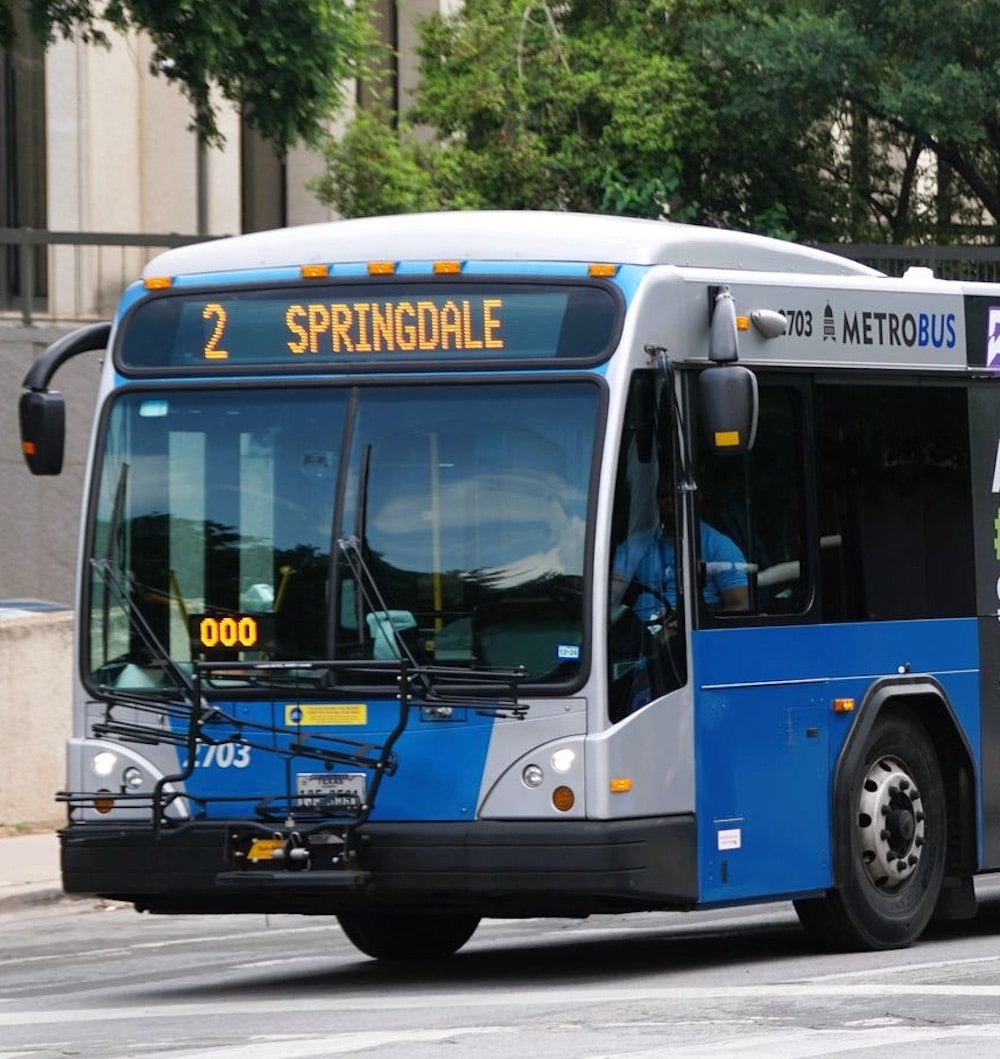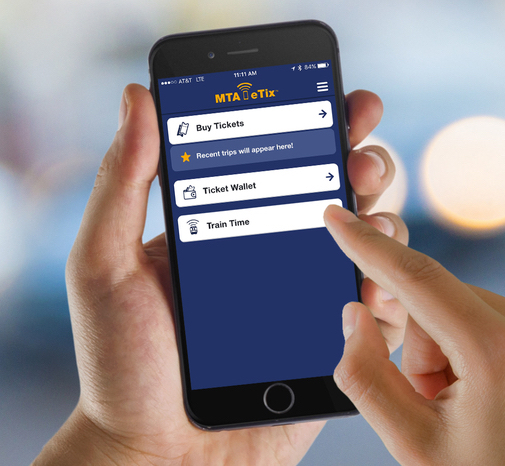
Article Highlights
Third-party providers are promoting their cloud-based software-as-a-service platforms, hoping to encourage more transit agencies to outsource their fare collection via smartphone apps, especially agencies that still accept cash and paper tickets for fares.
• Table with details on three major SaaS ticketing platforms.
• Bar graph showing growth in mobile ticketing for commuter rail operators in New York.
• Metropolitan Transportation Authority
• Masabi
• Cubic
• Token Transit
• Long Island Rail Road
• Metro-North Railroad
• Whatcom Transportation Authority
(This premium article was originally published in May 2020. © Mobility Payments and Forthwrite Media.) As the Covid-19 crisis sows fear among mass transit customers and causes ridership on buses,…







